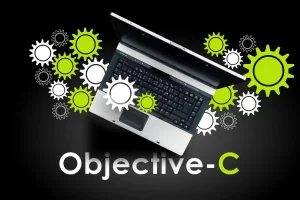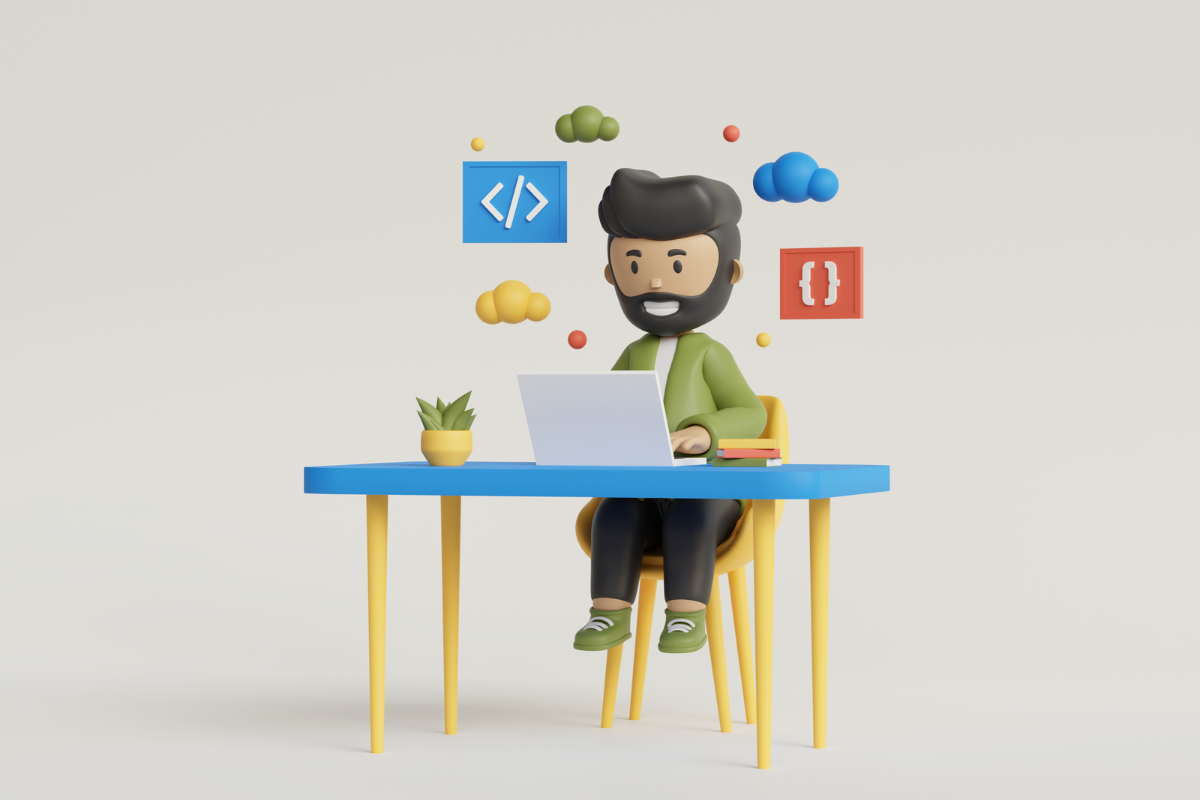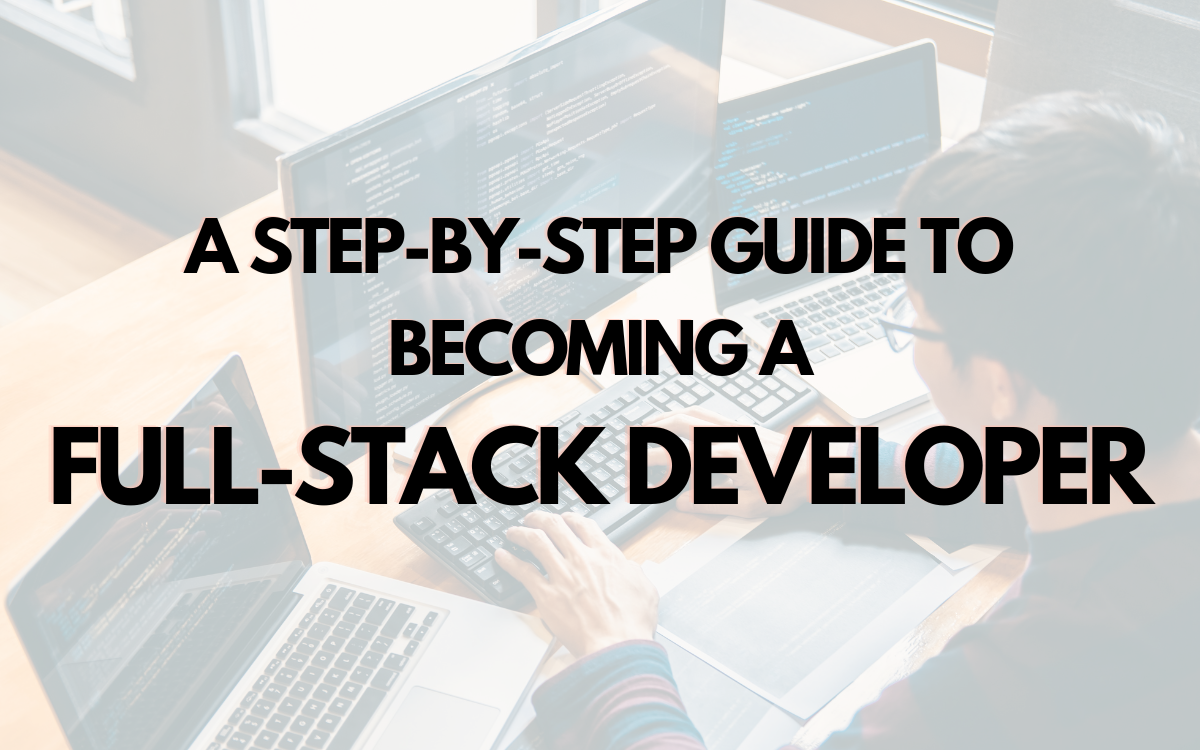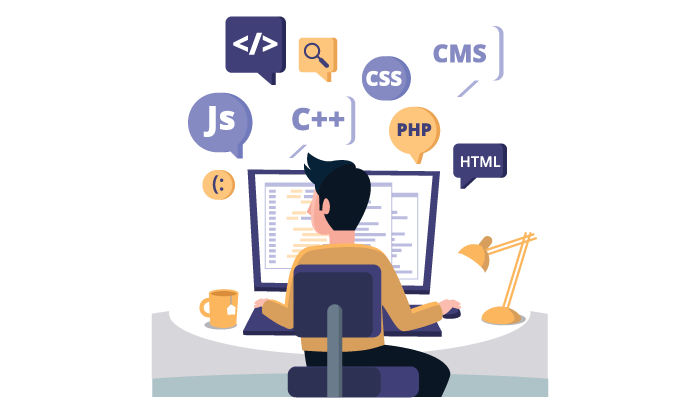Welcome to our blog post, Mastering Object-Oriented Programming: A Guide for Beginners. In today’s rapidly evolving technological landscape, it is becoming increasingly important to understand the fundamentals of programming. Object-Oriented Programming (OOP) is a paradigm that has gained immense popularity due to its ability to organize and manage complex code bases efficiently. However, for beginners, learning OOP can be daunting, as it introduces new concepts and terminologies. But fear not! This comprehensive guide is specifically designed to demystify OOP and provide you with a solid foundation to master this programming approach. The IT Training Institute in Nashik will discuss some of the most common design patterns used in Java, and how they can be used to solve various programming problems.
Understanding the fundamentals of OOP.
Object-Oriented Programming (OOP) is a programming paradigm that allows developers to organize and structure their code in a more efficient and modular way. It provides a set of principles and concepts that enable the creation of reusable and extensible software components.

At the core of OOP lies the concept of objects, which are instances of classes. Classes define the properties and behaviors that objects can possess, allowing for the creation of complex data structures. Encapsulation, inheritance, and polymorphism are key principles that govern the relationships between classes and objects, enabling code reusability and flexibility.
In order to master OOP, it is crucial to have a solid understanding of the fundamental concepts. This includes grasping the concept of classes and objects, understanding how to define and instantiate classes, and how to interact with objects through methods and properties.
Furthermore, understanding encapsulation, which involves bundling data and the methods that operate on that data within a single unit, is essential to create secure and maintainable code. Inheritance, on the other hand, allows for the creation of new classes based on existing ones, promoting code reuse and modularity.
Encapsulation: Enclosing data and methods.
In the realm of object-oriented programming, encapsulation plays a vital role in ensuring the integrity and security of data and methods within a class. Encapsulation involves the practice of enclosing data and methods within a single entity, known as a class, thereby establishing a boundary that protects the internal workings of the class from external interference. This encapsulation serves as a fundamental principle in achieving modularity, abstraction, and information hiding – key pillars in building robust and maintainable software systems. By encapsulating data and methods, developers can control access to the internal state of an object, providing a level of abstraction that simplifies code complexity and enhances code reusability. Additionally, encapsulation fosters code organization and reduces the potential for unintended side effects or data corruption, promoting code reliability and integrity. Mastering the art of encapsulation is an essential step for beginners venturing into the world of object-oriented programming, as it lays the foundation for creating well-structured and scalable software solutions.
Inheritance: Reusing and extending classes.
Inheritance is a fundamental concept in object-oriented programming that allows for the reuse and extension of classes. It enables the creation of new classes, known as derived classes or subclasses, based on existing classes, known as base classes or superclass’s. This mechanism promotes code reusability and helps in organizing and structuring complex software systems.
When a class inherits from another class, it inherits all the attributes and behaviors defined in the base class. This means that the derived class can access and utilize the methods, properties, and other members of the base class without having to redefine them. Inheritance forms an “is-a” relationship between classes, where the derived class is considered to be a specialized version of the base class.
In addition to inheriting existing functionality, derived classes also have the flexibility to extend and modify the behavior of the base class. This is achieved through the process of method overriding, where a derived class provides its own implementation of a method that is already defined in the base class. By overriding methods, developers can customize the behavior of the derived class while still utilizing the inherited functionality.
Inheritance plays a crucial role in achieving code modularity, reducing code duplication, and promoting a hierarchical structure in object-oriented programming.
Polymorphism: Adapting object behavior.
Polymorphism is a fundamental concept in object-oriented programming that allows objects of different classes to be treated as objects of a common superclass. It involves the ability of an object to take on many forms, depending on the context in which it is used. In other words, polymorphism enables objects to exhibit different behaviors based on the specific method being called. This powerful feature promotes code reusability, flexibility, and extensibility by allowing developers to write generic code that can be applied to a wide range of objects. By understanding and utilizing polymorphism effectively, beginners can elevate their mastery of object-oriented programming and unlock the full potential of their applications.
Best practices for OOP development.
In order to truly excel in the realm of Object-Oriented Programming (OOP), it is crucial to adhere to certain best practices that have been established by industry professionals. These practices not only ensure the efficient and effective development of software applications, but also promote code reusability, maintainability, and scalability. In this chapter, we will explore five key best practices that every aspiring OOP developer should be familiar with.
- Encapsulation: Encapsulation involves bundling data and the methods that operate on that data into a single unit, known as a class. By encapsulating data, we protect it from external interference and ensure that it can only be accessed through defined methods. This promotes data integrity and enhances code readability and maintainability.
- Inheritance: Inheritance allows the creation of new classes that inherit the properties and behaviors of existing classes. This enables the reuse of code and promotes the development of a hierarchical structure for classes. By leveraging inheritance effectively, developers can reduce redundancy, enhance code organization, and facilitate future modifications and updates.
Conclusion
Mastering object-oriented programming is a crucial skill for beginners and aspiring software developers. Through this guide, we have explored the fundamental concepts and principles of object-oriented programming, including encapsulation, inheritance, and polymorphism. By understanding these concepts and practicing their application in programming languages like Java or C++, beginners can lay a strong foundation for building robust and scalable software solutions. Additionally, we have discussed the importance of design patterns and SOLID principles in maintaining code quality and reusability.









